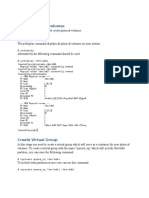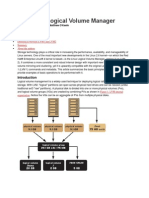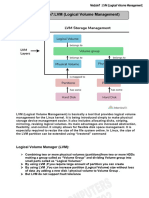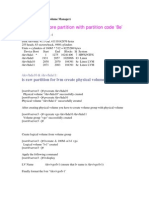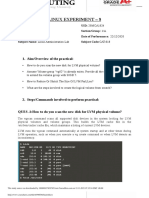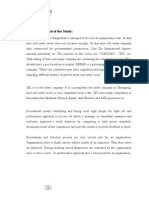0% found this document useful (0 votes)
2 views16 pagesCloud Computing Training Task02
This document outlines a training report on Cloud Computing focusing on Linux Volume Management (LVM). It details the steps to create a Linux server, set up LVM, create and manage logical volumes, and resize partitions without data loss. Key concepts of LVM, including physical volumes, volume groups, and logical volumes, are explained to facilitate dynamic storage management.
Uploaded by
infintysecCopyright
© © All Rights Reserved
We take content rights seriously. If you suspect this is your content, claim it here.
Available Formats
Download as PDF, TXT or read online on Scribd
0% found this document useful (0 votes)
2 views16 pagesCloud Computing Training Task02
This document outlines a training report on Cloud Computing focusing on Linux Volume Management (LVM). It details the steps to create a Linux server, set up LVM, create and manage logical volumes, and resize partitions without data loss. Key concepts of LVM, including physical volumes, volume groups, and logical volumes, are explained to facilitate dynamic storage management.
Uploaded by
infintysecCopyright
© © All Rights Reserved
We take content rights seriously. If you suspect this is your content, claim it here.
Available Formats
Download as PDF, TXT or read online on Scribd
/ 16








